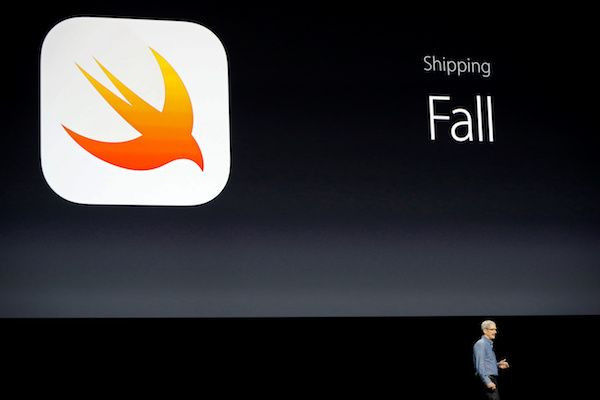Google’s Fuchsia OS Reportedly Supports Apple’s Swift Programming Language

Google’s mysterious in-development operating system, called Fuchsia, is getting support for Apple’s Swift programming language. However, it still isn’t clear if the upcoming OS is designed to replace Chrome OS, Android or both.
This week, it was found out that a Google employee has apparently created a pull request on Swift’s GitHub repository that adds Fuchsia OS support to the complier. This means Google is actually working on Fuchsia OS support for Apple’s programming language, as per Android Police.
Having Swift onboard makes Fuchsia OS all the more interesting. For one thing, Swift is Apple’s programming language for iOS, macOS, tvOS and watchOS applications. Swift can also compile to Linux, and it can also be mixed with existing C/Objective-C/C++ code on Apple’s own platforms. The latter is very much like how Android can utilize both Kotlin and Java in the same codebase.
The discovery comes days after Google got into a controversy for reportedly “forking” Apple’s Swift programming language. At the time, it was being speculated that Google could be trying to make its own version of the language for its own purposes. However, it’s now clear that Google simply wants its own working copy of Swift, so it could make changes and add it to the official Swift repository.
The Verge has learned that Google has already come up with a sample Swift app for Fuchsia. The app will be capable of printing out emojis and Chinese characters for “hello world.” This app is still in Google’s code review system, and the code could only run after Google’s suggested changes to Swift are merged.
Very little is known about Google’s Fuchsia OS for now. For instance, instead of using Linux kernels like what it did for Chrome OS and Android, Google used a new microkernel called Zircon for Fuchsia. According to Patently Apple, what makes Fuchsia special is its ability to run on universal devices, from embedded systems to PCs, tablets and smartphones.
It’s still not clear why Google is developing the Fuchsia OS. There are speculations that it could replace either Chrome OS or Android. And there are also rumors pointing at the possibility that Fuchsia could be the replacement to both operating systems, since it can run on universal devices. Some believe that it could be an embedded OS for the Chromecast and Google Home, but others claim that Google could have a much different yet bigger plan for the new OS.
It’s also worth noting that even though Fuchsia uses C and C++ for its core and Dart for its UI, it has support for other languages including Go, Rust, Python and Swift. In May, Ars Technica discovered that the mysterious OS already had a card-based user interface. Since then, the uncovered user interface was believed to be the default system UI for Fuchsia.
Fuchsia’s card-based UI is regarded as a simple yet efficient way for managing different apps. Its design allows for different cards to be dragged around for use in a tabbed or split-screen interface. The Verge even likens its UI to the Google Now suggestions.
© Copyright IBTimes 2025. All rights reserved.




















